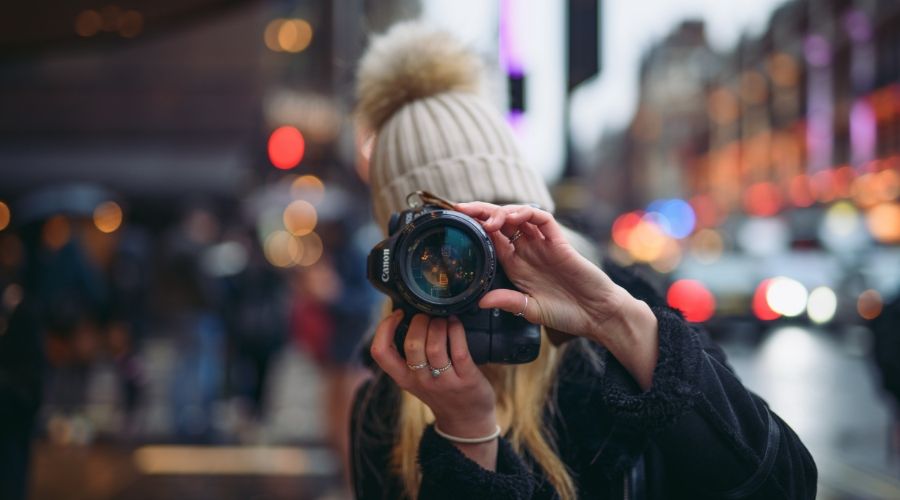
Optimised Image as SEO Secret Weapon
Getting to that first search engine result page has been the much-coveted goal for most business owners. It requires a well-thought out SEO strategy to achieve this that but do you know that using optimised image may help you stand out and appear on page 1 of Google?
Take this - Google Image search has become so popular that it took the spot for the second most popular type of search. Using images to boost your SEO ranking allows you to be creative in presenting your brand while bringing your product/service to life.
Here are 4 reasons why you boost your SEO by letting images do the talking:
Opportunity in Window Shopping
Many consumers still choose to window shop instead of going straight to the e-commerce website. As a result, e-commerce sites use this opportunity to get in front of those who are looking for the best quality products or a niche shop through which they can buy the product that they want. Presenting your product with a captivating visual coupled with appropriate context, design with the best alt text will help you get front and center in your consumer’s search results.
Data Gathering Made Easier
People who look for information about a certain topic find it tiring, and even boring to some extent, when they have to read complex reports, long blog posts, and other informational content. Consumers love to interact with visuals rather than words. They find infographics is an easy way to get data quickly into the user’s hands. It has an eye-catching format that can put your website several steps ahead of the competition.
Opportunity For How-Tos Blog
Writing a catchy title tag and meta description may help to get ahead of your competition but Google Images plays as a key differentiator here. If you want your website content to shine in search, use an eye-catching image that shows each procedure in action.
Boost in Local SEO
Consumers use Google to conduct research on local businesses all the time, which is why web designers should understand local SEO. Local business websites should include images that show off the experience. If you are a local hotel owner, you might want to use photos of your lounge or rooms to show your customer how it looks like. That way, they can pretty much have an idea of how your hotel looks like before they check-in.
How Do You Optimise Image For SEO?
![]() 1. Size
1. Size
Make sure to use an image resizing tool to get your images cut down to a reasonable size.
![]() 2. Type
2. Type
Have your images compressed well and framed in the best light. PNGs are best for illustrations while JPGs are used for most photographs.
![]() 3. Colour
3. Colour
When using colours in your image, consider the underlying meaning behind the color you have chosen.
![]() 4. Content
4. Content
Choose unique images that match the content on the page.
![]() 5. Metadata
5. Metadata
Images should be properly marked up so Google can pair your visual content with the user’s search queries.
Visuals set the tone and mood of a website from the moment a visitor arrives. More importantly, it has the power to drive traffic and attract more visitors to your website. When choosing images for your website, think about where else they might appear online and also think about how using image SEO can leverage those opportunities.
Want to know more about how to optimise your website content for SEO purposes? Contact Elephant in the Boardroom for a complimentary content and SEO consultation today!
Email: [email protected]
Visit us at: 555 Bourke Street, Melbourne VIC 3000
Call: P: (03) 7018 7620 or M: 0418 967 352



